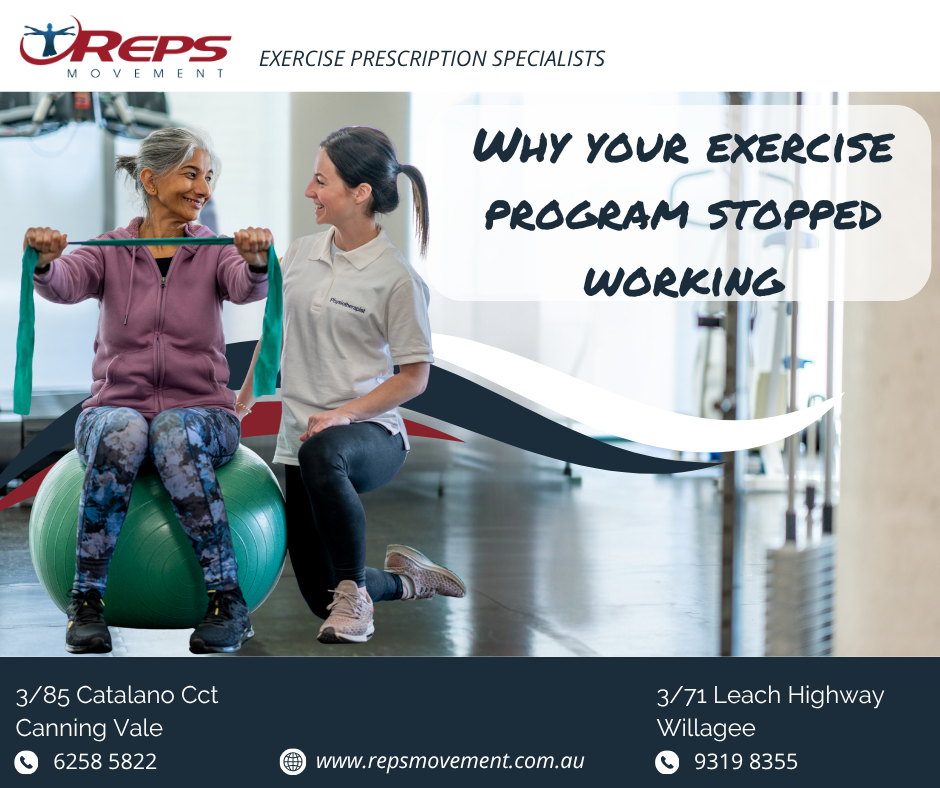| You've probably experienced this: you start an exercise program full of motivation. The first few weeks feel great—you're moving better, pain is reducing, you're getting stronger. Then somewhere around week 8 or 12, progress stalls. The exercises that once challenged you now feel easy, but you're not sure what to change. Or worse, that old knee pain creeps back in.
This isn't a failure of willpower. It's a failure of progression.
After two decades of working with people managing chronic conditions, injuries, and age-related changes, I've noticed a pattern: most people know how to start exercising, but very few know how to progress safely. And that's when people either plateau, get re-injured, or simply stop altogether. | 